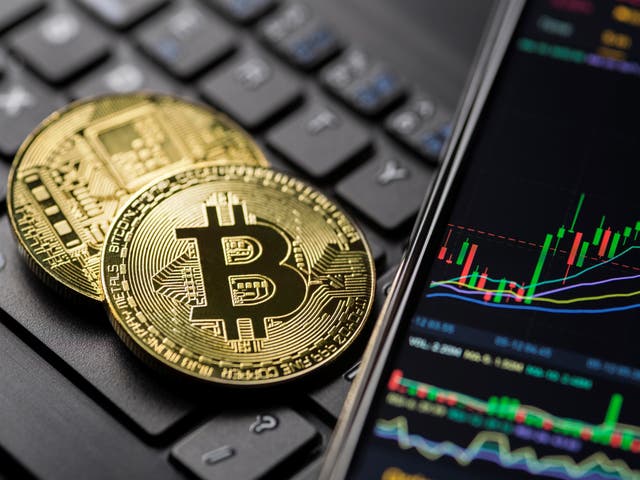Bitcoin – it’s digital gold. It enables fast, easy to use, and anonymous transactions – in short, everything an ideal currency should be! The best part is that this currency has all the characteristics of money (durability, portability, fungibility, scarcity). Still, there are several ways you can go when it comes to storing it safely. When it comes to storing bitcoin, you have different options; wallets located on your computer (downloadable or cloud), mobile wallets (Android, iOS) or hardware wallets.
Hot wallet vs Cold wallet
A hot wallet is an online bitcoin wallet that is used frequently. The opposite is a cold wallet, which is used infrequently and stores more significant bitcoins.
It is used frequently on a Yuan Pay Group trading app or mobile device. The opposite is a cold wallet; it’s offline, not accessible via the Internet and therefore considered more secure.
Hot wallets are more like your bank account, while cold wallets are your savings account. You wouldn’t keep large amounts of money in your checking account; you’d keep it all in a savings account, which you access less frequently. The same holds for bitcoin wallets.
The private key is the “password” that allows users to spend their bitcoins, so if someone else can quickly gain access to your private key because it’s not stored securely on your computer or smartphone, they have free reign over spending any coins they want from your wallet – something no one wants!
When you create an online wallet service at CoPay or Mycelium, you’re essentially creating an account that is accessible through an ID and password. If someone learns your ID and password, they have complete access to your bank account. In addition, they can instantly transfer out any amount of money, so this is why hot wallets are not considered secure.
How do I store my bitcoins securely?
Cold storage offers the most security for bitcoin, though it comes at a cost – you won’t be able to access them instantly. Instead, a cold wallet is generated on a computer that is kept offline at all times, and generated keys are backed up in multiple locations to ensure they can’t be lost. Of course, the entire process of choosing a cold storage method will depend on your needs, but here are some excellent choices:
In addition to the three methods above – paper wallets, hardware wallets, and cold storage wallets – there are other ways to store bitcoins securely. These include the following:
– A wallet service like Coinbase or Blockchain can act as a web/mobile wallet while maintaining complete control over your coins. Of course, this means trusting their site with your coins which are not recommended for more significant amounts.
– A paper wallet generated with an offline computer – see Trezor, Ledger Nano, or the tutorial at bitcoin.org.
– Store bitcoins in your head! Yes, write down your private key on a piece of paper and store it somewhere safe, like a safety deposit box. This ensures that you alone have access to your funds, but it’s not very practical if you often need to access your coins.
– Store bitcoins in a vault at an exchange or storage service like Coinbase or Xapo.
– A multi-signature wallet is also an option for increasing security. These wallets use multiple private keys (usually three) for a transaction and require some set of predefined conditions to be met before funds can be moved. This way, even if a hacker were able to gain access to one key, they would not be able to move the coins without having access to another or meeting the required conditions.
Conclusion
Bitcoin does not offer, so far, a simple way to restore access to a wallet that was generated offline and never seen by the owner. Generally speaking, the best way is to create a new wallet with a fresh install of your operating system/bitcoin client and import the private key into this wallet. This process can be very technical, depending on which software generated the original wallet. In addition, there is no standard method for importing a paper wallet – each wallet has its own set of steps.

